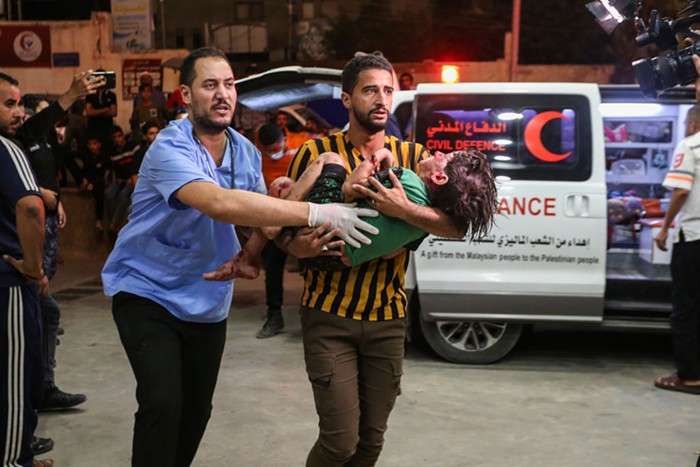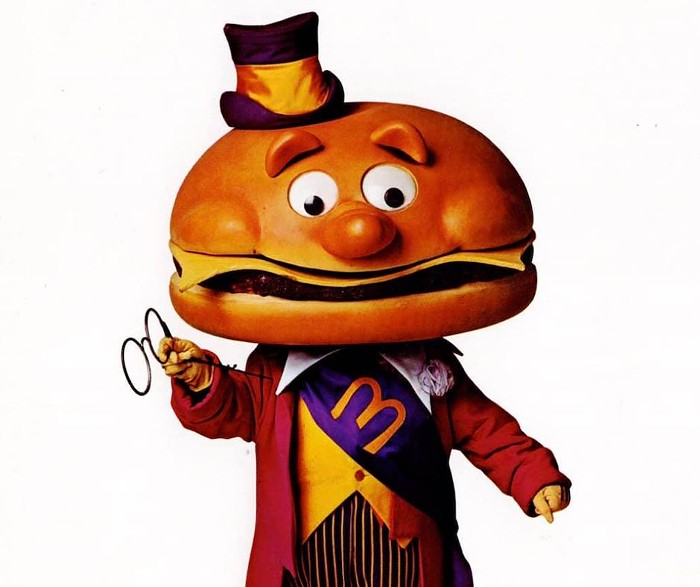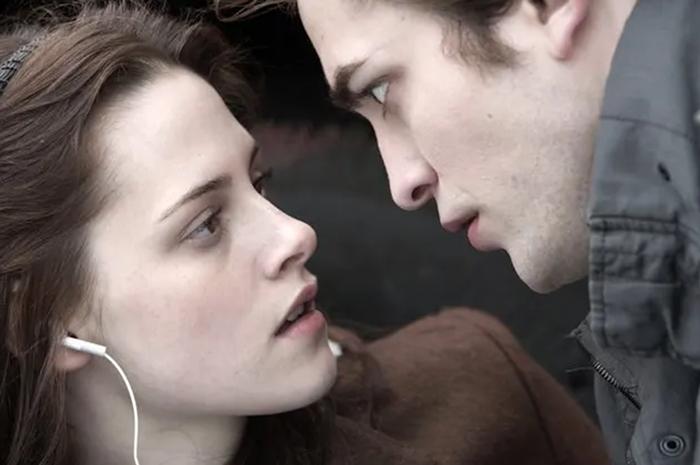"LESSON: DON'T BUY the cheap, made-in-China multi-tool," Aron Ralston (James Franco) says to himself in 127 Hours. It's a solid observation—as he says it, Ralston's in the bottom of a remote Utah canyon, where a falling boulder has pinned his right arm against a rock wall. Trapped at the bottom of a crack in the desert—with few things nearby aside from his video camera, the occasional ant, a big goddamn rock, and a smear of blood, skin, and bone—Ralston slowly begins to realize how overwhelmingly fucked he is. He didn't tell anyone where he was going. He thought he'd only be gone for a few hours, so he has hardly any food or water. And since his only knife is the one inside his cheap, made-in-China multi-tool, he's having a hell of a time figuring out how he's going to hack off his arm.
127 Hours is based on Ralston's harrowing real-life story; I don't think it's too much of a spoiler to note that these days, Ralston's rocking the one-armed look. But as told by Danny Boyle—the British director behind Shallow Grave, Trainspotting, 28 Days Later, Slumdog Millionaire, and more—what could've been a prolonged torture porn session ends up as a sometimes thrilling, sometimes terrifying, and unrelentingly nerve-wracking tale. When 127 Hours' violence inevitably comes, it's brutal, excruciating, and riveting—but Boyle's film is equally engrossing as it delves into the challenges, both external and internal, of a guy who's stuck in just about the worst situation ever.
"The core of it is, ironically, slightly at odds with the more conventional perception of the story," Boyle told me in a recent interview. "I don't really think of it as a survival story. Obviously, it's got that built into it, but the guy begins as a survivor. He's kind of a hero going in. He's got an independence, he does everything solo, he's got himself over scrapes before. He seems indestructible; he certainly thinks he is. I thought what was amazing about the story is that in nature's terms, this grain of sand literally pins him and says, 'No, man, know thyself.' He has to go on a journey that's not a physical journey. He's an achiever—he does record times, he climbs up 14,000-foot peaks in winter on his own in Colorado, all that. But now he has to learn something about the people that he's run away from."
Thus, and despite the fact the vast majority of 127 Hours takes place in extremely limited confines (get ready to become intimately familiar with every single pore on Franco's face), Boyle doesn't restrict himself. While most of the film was produced in a stripped-down, intimate, and "very intense" shoot, Boyle still finds ways to include Ralston's surreal memories and jarring hallucinations, some exhilarating musical montages, and—weirdly enough—a surprising amount of humor. All of that stuff's rooted not in gruesome physicality, but in the fact that while Ralston's unquestionably alone, he's haunted by those he's left behind. "That's what I loved about the story," Boyle says. "That it's a movement back to people. And even in the loneliest place—and it's very lonely where he is—it begins and ends with people, and it's full of people always, really."
Despite that core, there's a reason we don't see many movies like 127 Hours, and Boyle's keenly aware that if it weren't for Slumdog's slew of Oscars, this film probably wouldn't have been made. "It's a particularly tough time at the moment for indie movies, and by 'indie,' I mean challenging movies like this," Boyle says. "The bald facts are, it's six days alone with a man in a canyon, and then he cuts his arm off. Where is the upside? Of course, the truth is, the upside is remarkable because you've been through that. People talk about feel-good movies, and we made one that was called a feel-good movie that... probably got this financed. But this one has a euphoria that is much more than just 'feel-good,'" he continues. "It's not like, a thrill—this is actually an incredibly profound feeling of life being given back again in the most impossible circumstance."




















